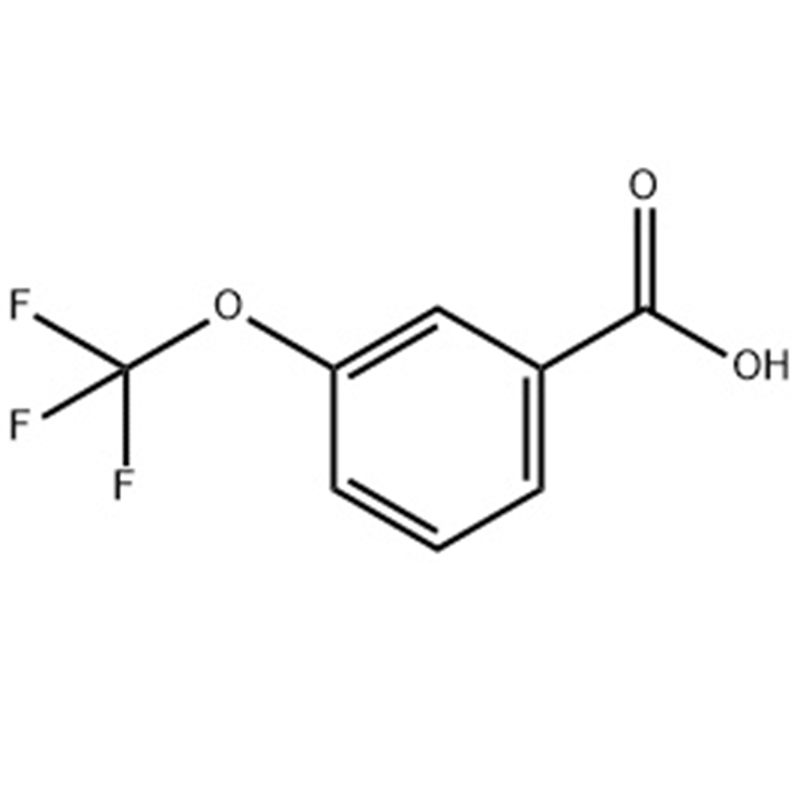Cinnamyl propionate CAS 103-56-0
| Risk Codes | R36/37/38 – Irritating to eyes, respiratory system and skin. R38 – Irritating to the skin R22 – Harmful if swallowed |
| Safety Description | S26 – In case of contact with eyes, rinse immediately with plenty of water and seek medical advice. S37 – Wear suitable gloves. S45 – In case of accident or if you feel unwell, seek medical advice immediately (show the label whenever possible.) S44 - |
| WGK Germany | 2 |
| RTECS | GE2360000 |
| TSCA | Yes |
| HS Code | 29155090 |
| Toxicity | The acute oral LD50 value in rats was reported as 3.4 g/kg (3.2-3.6 g/kg) (Moreno, 1973). The acute dermal LD50 value in rabbits was reported as > 5 g/kg (Moreno, 1973). |
Introduction
Cinnamyl propionate.
Quality:
The appearance is a colorless transparent liquid with a special aroma.
Soluble in organic solvents such as ethanol and ether, insoluble in water.
It has good stability and low volatility.
Use:
In industry, cinnamon propionate is used as a solvent and lubricant.
Method:
Cinnamon propionate can be prepared by esterification. A common method is to esterify the prepared propionic acid and cinamyl alcohol in the presence of a catalyst.
Safety Information:
Cinnamon propionate is generally relatively safe, but care should still be taken to prevent eye and skin contact.
When using cinnamon propionate, a well-ventilated working environment should be ensured and inhalation of its vapors should be avoided.
When storing and carrying, contact with ignition sources and oxidants should be avoided to prevent fire or explosion.


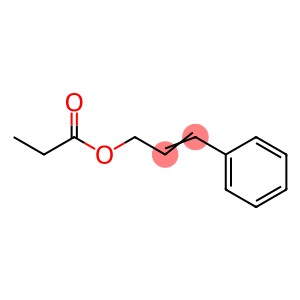
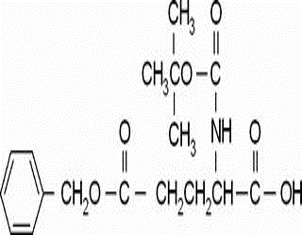
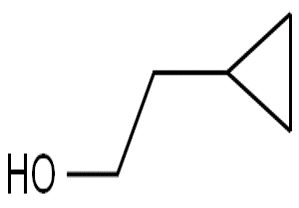
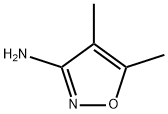
![4-[(4-Hydroxy-2-pyrimidinyl)amino]benzonitrile(CAS# 189956-45-4)](https://www.xinchem.com/uploads/44Hydroxy2pyrimidinylaminobenzonitrile.png)

